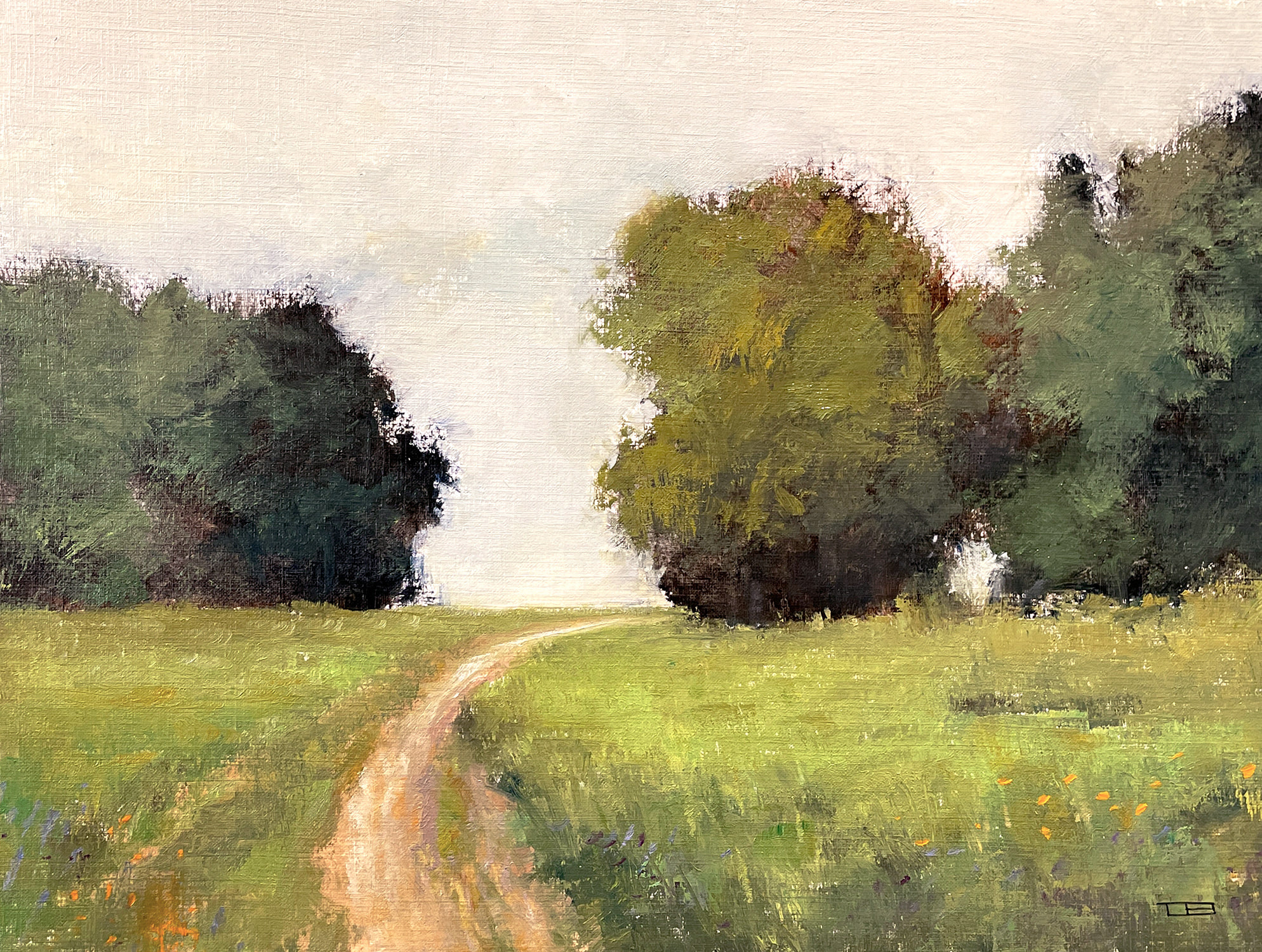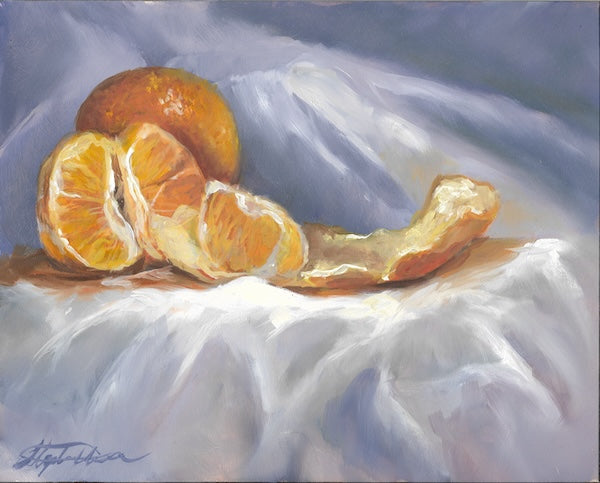Oil Paintings for Sale to Enhance Any Interior Space
Oil Paintings for Sale to Enhance Any Interior Space
Blog Article
Exploring All Concerning Oil Paints: A Guide to Recognizing Their Elegance and Value
Oil paints have actually astounded target markets for centuries, offering a look right into the artistic mastery of numerous periods. Their abundant history is intertwined with cutting-edge strategies and extensive psychological expression. Comprehending the products and techniques behind these artworks can boost admiration. Additionally, the market for oil paints offers possibilities for collection agencies and financiers alike. As one discovers this remarkable globe, the question arises: what makes an oil painting really beneficial?
The History of Oil Paint: A Journey Via Time
Oil paint has roots that date back to ancient times, it really grew during the Renaissance, when musicians found its adaptability and abundant color potential. Early examples can be traced to the 7th century, with strategies evolving especially across cultures. The tool came to be noticeable in Northern Europe in the 15th century, particularly with the works of musicians like Jan van Eyck, who spearheaded its usage for thorough realistic look and lively tones. This period marked a separation from tempera paints, allowing for higher depth and appearance. As oil paint spread, it affected numerous artists, bring about work of arts by renowned figures such as Leonardo da Vinci and Rembrandt. The tool's heritage proceeds, shaping the art world well right into modern-day times.
Recognizing Oil Repaints: Materials and Techniques
As musicians check out the world of oil paints, they run into a varied range of products and techniques that specify this tool. The key elements of oil paint include pigments, which give shade, and drying out oils, such as linseed, that bind the pigments and assist in application. Various ingredients can modify the paint's appearance and drying time, improving convenience. Methods like glazing, where transparent layers are developed up, and impasto, which involves applying thick paint, allow for different aesthetic impacts. Additionally, making use of brushes, palette knives, and even fingers can develop special structures and coatings. Comprehending these materials and techniques enables artists to fully express their creativity and attain the desired effect in their art work.
The Duty of Shade in Oil Paintings
Color plays an essential duty in oil paints, influencing both aesthetic appeal and psychological vibration. Recognizing color theory essentials, including the relationships between tones, can boost a musician's capacity to convey state of mind and environment. Additionally, grasping shade blending techniques permits for better depth and splendor in a painting's combination.

Color Theory Essential
Recognizing color theory is vital for musicians functioning with oil paints, as it forms the foundation for developing visually engaging and harmonious compositions. Shade concept encompasses the research study of just how shades engage, the color wheel, and the relationships in between main, secondary, and tertiary shades. Artists use complementary colors to boost contrasts and create focal points, while analogous colors advertise unity and cohesiveness within a piece. Additionally, the concepts of cool and cozy colors affect the understanding of deepness and space in a painting. Grasping these concepts enables musicians to adjust shade successfully, leading the audience's eye and connecting their intended message. Proficiency of shade concept inevitably enhances an artist's capability to convey feelings and ideas through their job.
Psychological Effect of Shade
The emotional influence of shade in oil paintings plays a critical role in just how customers connect and perceive with art work. Shades stimulate details feelings and state of minds, influencing the viewer's emotion. For instance, warm shades like oranges and reds can produce a sense of warmth and energy, while cool tones such as blues and eco-friendlies usually stimulate calmness or introspection. Artists strategically pick color palettes to boost narrative components, guiding the target market's psychological journey. The saturation and contrast of shades better magnify these impacts, attracting interest and developing focus. Ultimately, the interaction of colors in oil paintings not just boosts their aesthetic appeal yet also acts as a powerful tool for emotional expression, enriching the viewer's experience and analysis.
Color Mixing Techniques
While lots of facets of oil paint add to the overall composition, mastering shade blending methods is important for accomplishing wanted results and depth. Shade blending can be approached with numerous methods, consisting of the additive and subtractive procedures. Additive mixing includes integrating shades of light, while subtractive mixing depends on pigments, where shades blend to develop brand-new tones. Musicians often make use of a minimal scheme to develop harmonious works, recognizing the connections in between key, secondary, and tertiary shades. Strategies such as glazing and scumbling additionally enhance depth and brightness. By masterfully mixing colors, an artist can evoke feelings, create prime focus, and achieve a sense of realistic look, ultimately elevating the paint's psychological and visual influence.
Famous Oil Painters and Their Iconic Functions

Famed for their mastery of shade and technique, oil painters have actually produced a few of one of the most celebrated art work in background. Popular musicians like Vincent van Gogh captivated audiences with his stirring brushwork in "Starry Night," while Claude Monet's "Perception, Sunup" laid the foundation for Impressionism. Leonardo da Vinci's "Mona Lisa" continues to be an enduring icon of creative wizard, showcasing his ability in catching human expression. Rembrandt's "The Night Watch" illustrates his ingenious use of light and darkness. Various other significant figures include Pablo Picasso, that revolutionized modern art with his vibrant testing in works like "Les Demoiselles d'Avignon," and Georgia O'Keeffe, whose lively depictions of blossoms and landscapes helped specify American modernism. Each artist's special design contributed significantly to the oil paint landscape.
Exactly how to Assess the Top Quality of an Oil Painting
Reviewing the top quality of an oil painting involves a mindful assessment of craftsmanship techniques, as well as an analysis of shade and make-up. Observing brushwork, layering, and the application of paint can disclose the musician's skill degree. In addition, the interplay of colors and the overall arrangement of aspects add substantially to the painting's visual worth.
Analyzing Craftsmanship Methods
A careful analysis of workmanship strategies is necessary for figuring out the top quality of an oil painting. Evaluators must first check out the application of paint; thick, textured brushstrokes may recommend an experienced hand, while extremely uniform applications might show an absence of deepness. oil paintings for sale. The layering technique is additionally crucial; the existence of glazes and varied density can boost luminance and intricacy. Additionally, the high quality of the products made use of, such as the canvas and pigments, plays a significant role in toughness and total visual. Attention to information in elements like sides and changes between shades reflects the artist's commitment to their craft. Eventually, these techniques contribute to the paint's emotional impact and market value, serving as indications of the musician's skill and intent
Examining Color and Make-up
While evaluating the high quality of an oil painting, one must concentrate on the interaction of shade and structure, as these elements are essential to the artwork's total effect. Shade choices can stimulate feelings and develop state of mind; therefore, the artist's combination should be analyzed for harmony and contrast. A well-balanced structure routes the visitor's eye and develops a sense of unity. Artists commonly employ strategies like the policy of thirds or leading lines to improve visual interest. In addition, using light and shadow can include deepness, boosting the three-dimensionality of the painting. Eventually, an effective oil paint marries color and make-up, engaging the customer and inviting a deeper appreciation of the musician's vision and strategy.
Taking care of and Preserving Oil Paintings
Correct treatment and preservation of oil paintings is necessary for preserving their honesty and durability. To protect these artworks, it is crucial to show them far from direct sunlight, which can cause fading and staining. Maintaining a secure environment with controlled temperature and moisture more help in preventing damages. Cleansing ought to be done gently making use of a soft, dry cloth, staying clear of any harsh chemicals that can hurt the paint or varnish. Routine inspections for signs of degeneration, such as flaking or cracking, are recommended. When transferring or saving oil paintings, correct padding and framing are required to stay clear of physical harm. Inevitably, diligent treatment adds to the aesthetic appeal and worth of oil paintings over time.
The Marketplace for Oil Paints: Spending and accumulating
Understanding the market characteristics for oil paintings is vital for capitalists and collectors alike. The worth of these artworks is affected by different elements, consisting of the artist's reputation, historic value, and current patterns. Enthusiasts commonly look for pieces that reverberate personally while taking into consideration potential recognition in worth. Auctions and galleries offer as main places for buying and selling, with rates fluctuating based on need and rarity. Investing in oil paints calls for study into the marketplace, in addition to an understanding of authenticity and provenance. Furthermore, emerging artists might provide opportunities for significant returns, while developed names can regulate high costs. In general, a calculated strategy to accumulating can yield both visual pleasure and monetary rewards.

Regularly Asked Questions
What Are the Environmental Influences of Oil Paint Materials?
The environmental effects of oil paint products consist of the launch of unstable organic compounds (VOCs), hazardous waste generation, and resource removal for pigments. These aspects add to pollution and eco-friendly destruction, elevating problems among eco conscious artists and customers.
How Do Different Canvases Affect Oil Paint Outcomes?
Different canvases influence oil paint results substantially. Structure, surface area, and absorbency high quality can modify paint application, drying times, and color vibrancy. Musicians often pick details canvases to attain desired effects and improve their imaginative expression.
Can Oil Paintings Be Restored if Harmed?
Oil paints can indeed be restored if harmed. Expert conservators use different techniques to fix tears, tidy surface areas, and address staining, making certain that the artwork maintains its initial beauty and worth for future generations.
What Are the Signs of an Initial Oil Painting?
The indicators of an original oil painting consist of visible brush strokes, appearance variations, and an unequal canvas weave (oil paintings for sale). Additionally, authenticity may be confirmed with provenance, signatures, and the existence of a varnish layer unique to oil mediums
How Has Modern Technology Influenced Modern Oil Painting Techniques?
Technology has considerably affected modern-day oil painting techniques by introducing electronic tools for planning, boosted materials for texture and longevity, and on-line platforms for sharing and marketing art, thereby expanding artists' imaginative opportunities and target market get to. Oil paint has origins that date back to old times, it truly grew throughout the Renaissance, when musicians discovered its convenience and rich shade capacity. The psychological effect of shade in oil paints plays a critical here role in how viewers connect and view with art work. While numerous facets of oil painting contribute to the total make-up, mastering color blending strategies is important for attaining wanted effects and depth. Examining the quality of an oil paint involves a careful assessment of craftsmanship methods, as well as an analysis of color and structure. While examining the high quality of an oil painting, one must concentrate on the interplay of shade and composition, as these components are fundamental to the artwork's overall impact.
Report this page